AO Edited
University Tunnel
This 300-foot-long underground tunnel was once used to transport food from the kitchen into the main building.
The main building of the University of Pune (now Savitribai Phule Pune University) used to be, once upon a time, the monsoon residence of the Governor of Bombay (now Mumbai) during the British era.
Due to the weather conditions, Mumbai used to be the winter residence, Pune was the monsoon residence and Mahabaleshwar was the summer residence. The Governor, while shifting from Mumbai to Pune for the monsoon, used to bring along the entire entourage which consisted of staff, furniture, utensils, food, and other paraphernalia.
A short distance away from the main building (which was the Governor’s Bungalow), was the kitchen. Today, the building where the kitchen used to be, is called Potdar Sankul.
From the kitchen to the main building, there exists an underground tunnel. This 300-foot-long tunnel was used by the staff and servants to transport food from the kitchen to the dining room in the main building.
Along the length of the tunnel run pipes for hot water and cold water. At the end of the tunnel is a wooden staircase that goes up into the main building. At the base of the stairs is a pantry, where expensive cutlery was kept. Next to the pantry, under the stairs, is a room where the butler used to sleep. Along the tunnel’s ceiling, at regular intervals, are openings for ventilation.
The main building was built between 1864 to 1871 and the tunnel was built during the same period. The tunnel was nonoperational for many years. Recently, it has been refurbished, whitewashed, and lit with retro-style lightbulbs.
The tunnel is accessible to the public by means of a guided heritage walk conducted by the university authorities.
Know Before You Go
The tunnel is open to the public only through a guided heritage walk, which starts at Potdar Sankul, which is within the university's premises. As per the information provided be the university, the details of every upcoming walk are updated on the university's website in the "Press Releases" section.















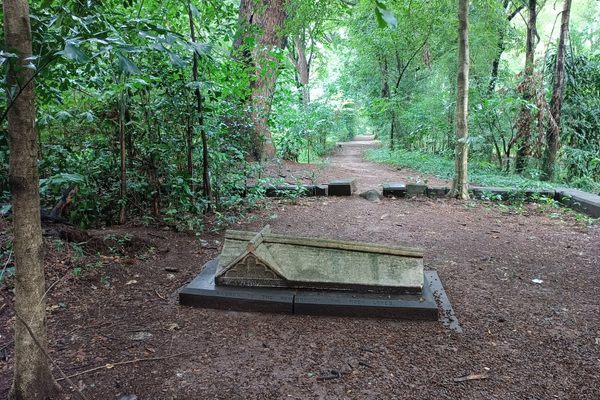
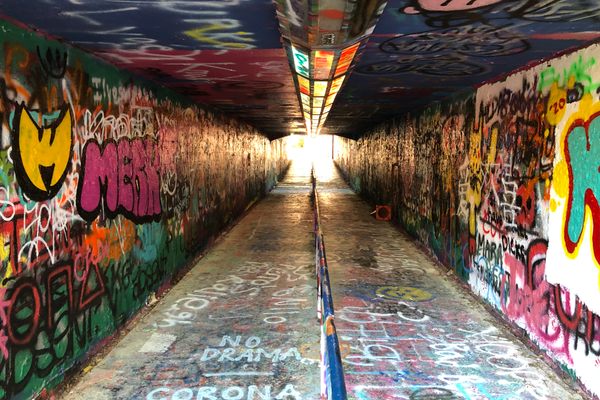
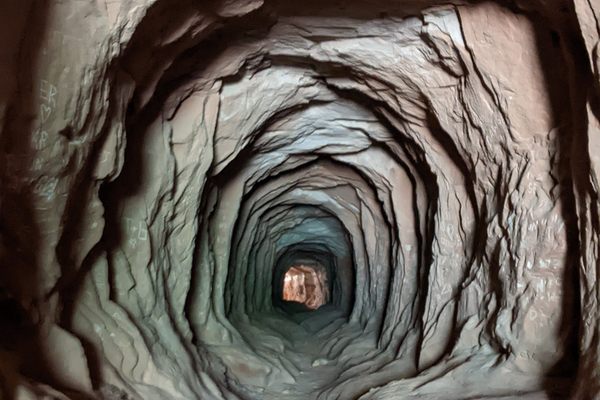
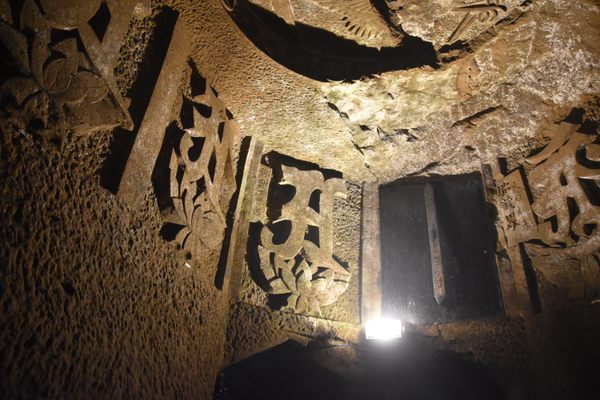
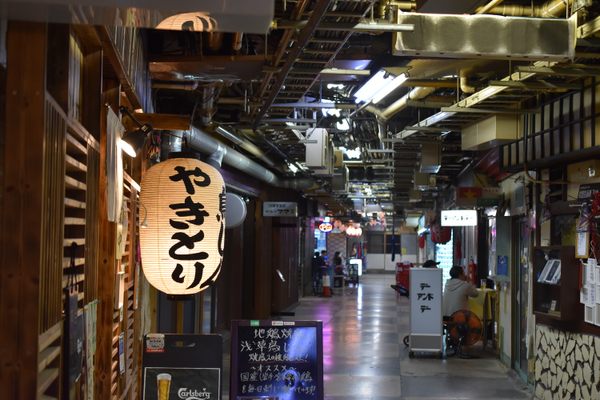

Follow us on Twitter to get the latest on the world's hidden wonders.
Like us on Facebook to get the latest on the world's hidden wonders.
Follow us on Twitter Like us on Facebook